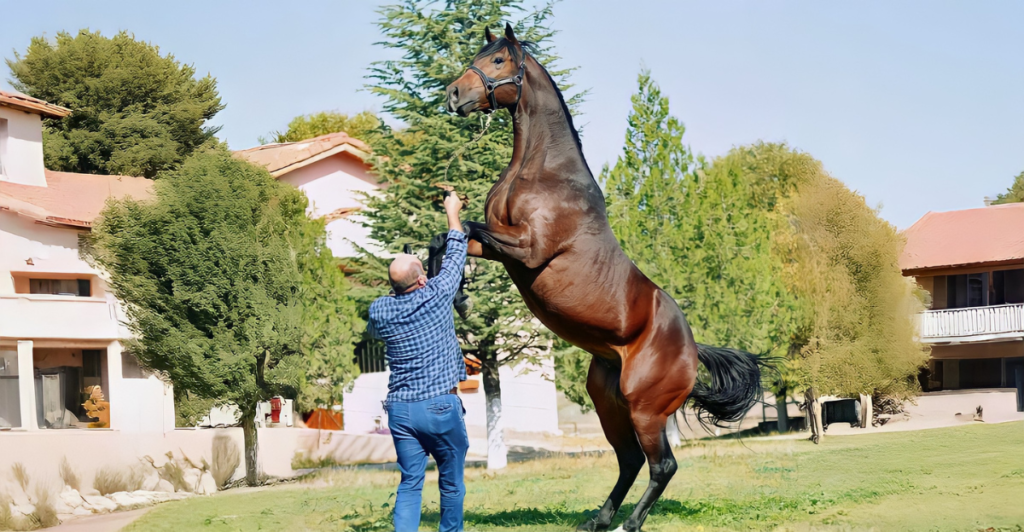
Understanding your horse’s behavior is important for building a healthy relationship and ensuring their well-being. However, many horse owners misinterpret certain behaviors, often attributing them to bad behavior or disobedience. These are twelve horse behaviors that owners often get wrong.
1. Cribbing
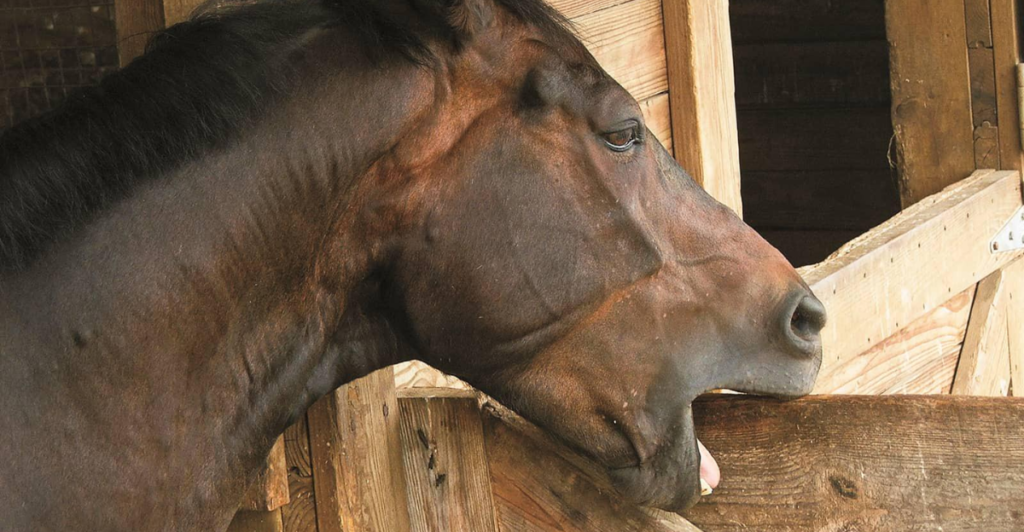
Cribbing is stereotypic behavior where a horse will grip a fixed object with its teeth, arches its neck, and suck in air. This behavior is often a misunderstood sign of boredom or naughtiness. However, it is more commonly linked to stress, confinement, or gastrointestinal issues. It is important to note that cribbing can lead to dental problems and increase the risk of colic.
2. Weaving
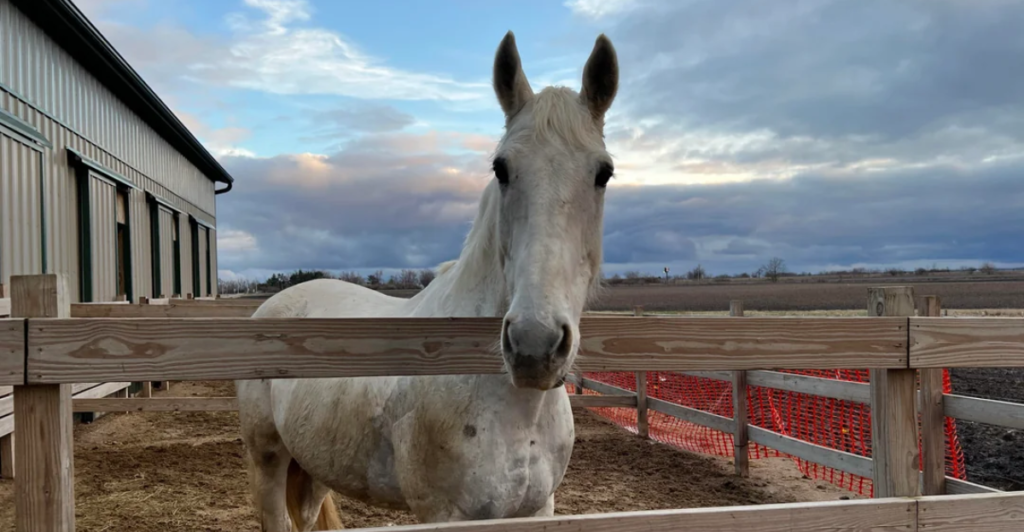
Weaving is when a horse starts swaying from side to side while standing. It is usually also seen as a sign of boredom or restlessness. However, it is actually a response to stress or confinement. This behavior can lead to muscle strain and uneven wear on hooves.
3. Pawing
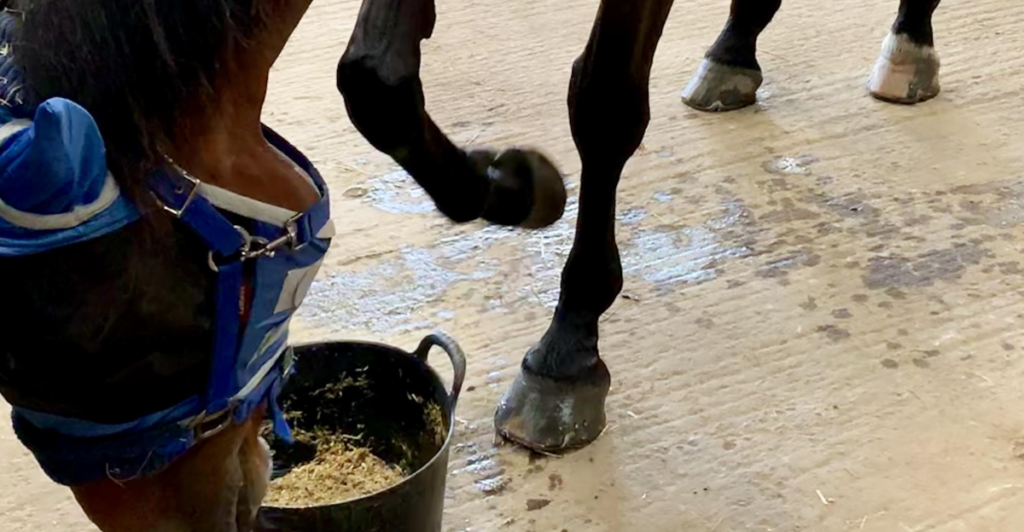
Pawing, or when a horse drags its foot across the ground, is usually viewed as a sign of impatience or frustration. However, this action can also be a displacement activity related to stress, anticipation, or pain. It can damage hooves and hinder training if it’s done excessively.
4. Head Tossing
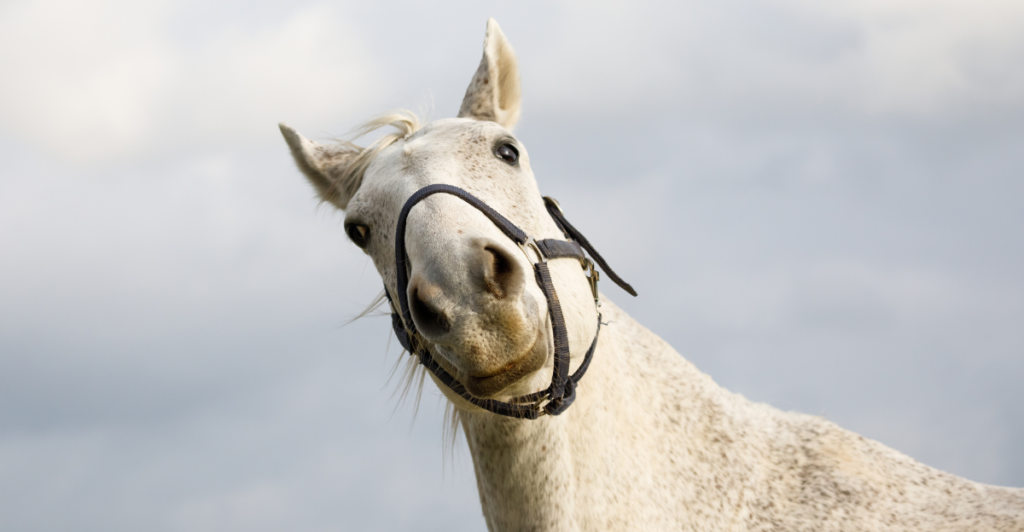
Horses can often be seen tossing their heads around. This behavior is frequently interpreted as a sign of stubbornness or resistance to the bit. But it can also indicate pain or discomfort in the mouth or neck, often due to ill-fitting tack or dental issues.
5. Rearing
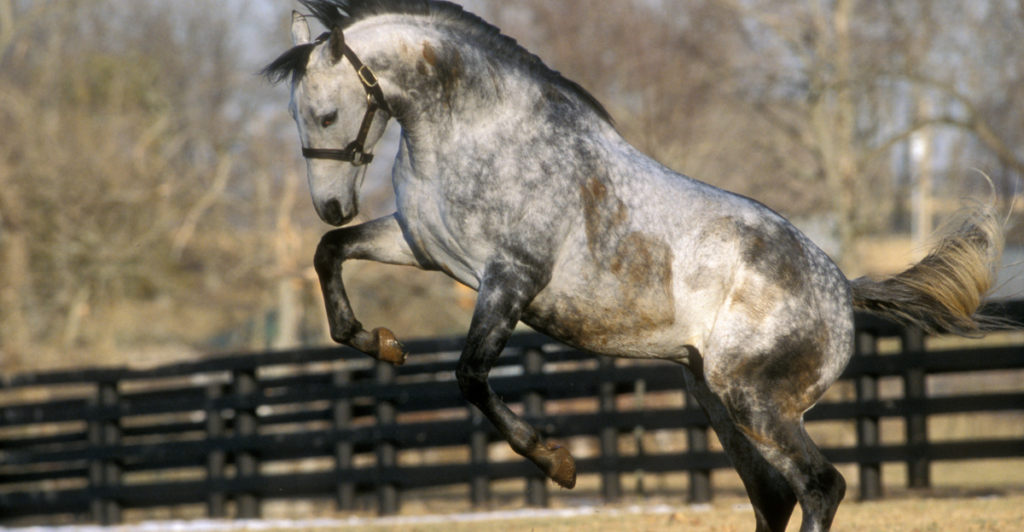
Rearing is when a horse stands on its hind legs with its front legs off the ground. This is commonly seen as a sign of disobedience or fear. However, it can also be a response to pain or discomfort. Horses might rear if they feel pressure on the mouth or if they are experiencing back pain.
6. Bucking
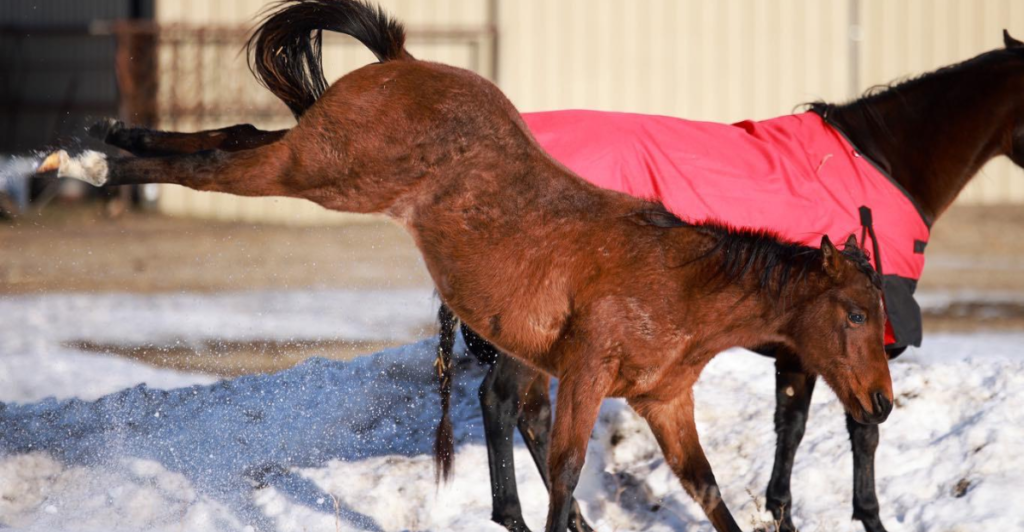
Bucking is when a horse throws its hindquarters upward, often with a kick. This behavior is commonly seen as a sign of spiritedness or disobedience. But it can actually be a response to pain, fear, or discomfort, especially if the horse is experiencing gastrointestinal issues or back pain.
7. Stall Walking or Pacing
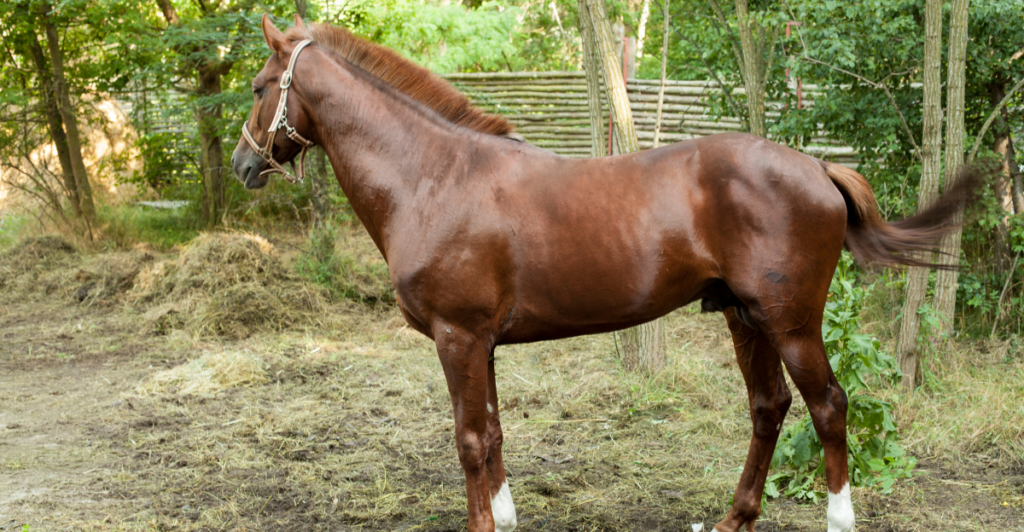
Stall walking or pacing is often misunderstood as a sign of boredom or restlessness. However, it can be a response to stress, confinement, or separation anxiety. This behavior can lead to weight loss and muscle strain.
8. Aggression Towards Humans
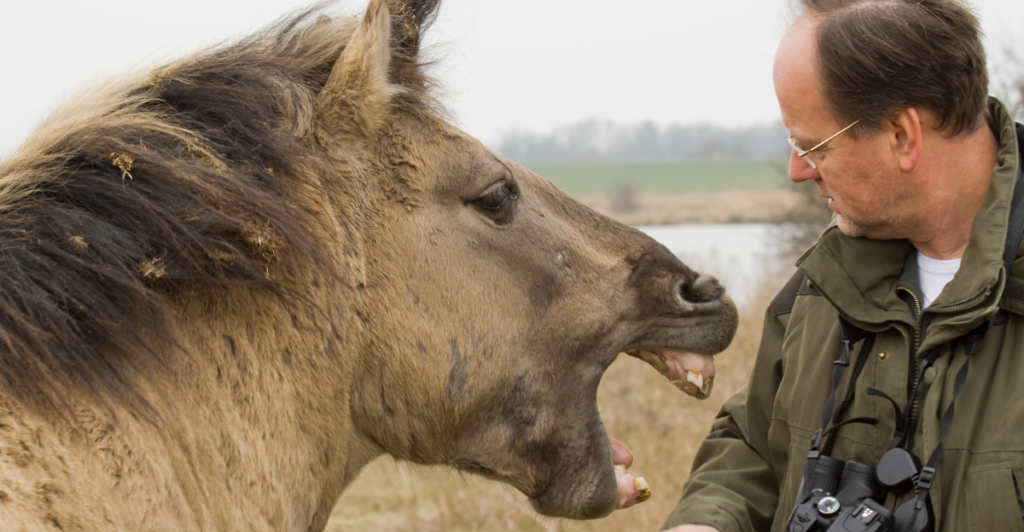
When a horse acts aggressively toward a human, it is often attributed to a “bad temperament,” but it can also be a response to pain, fear, or frustration. Understanding the underlying cause is very important for addressing this behavior effectively.
9. Moody Mare Behavior
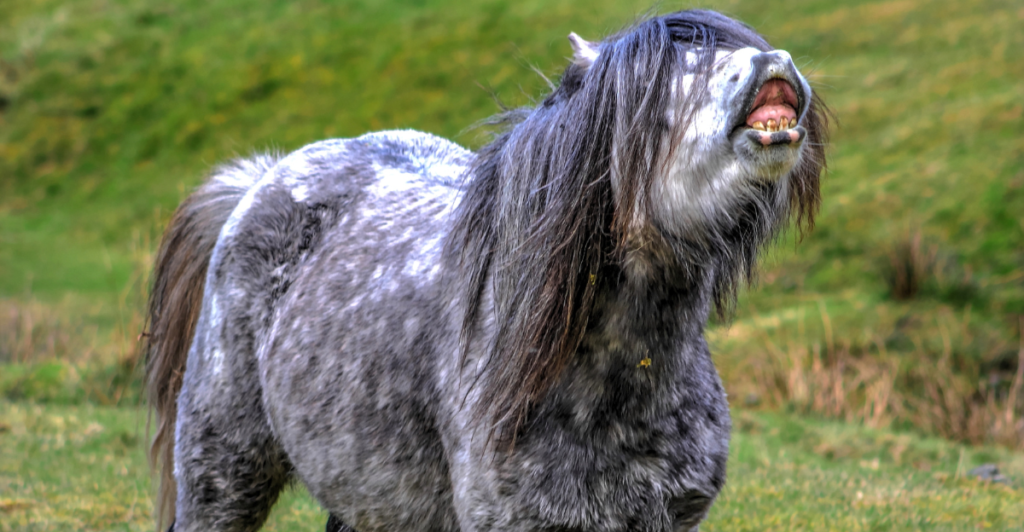
Mares are often stereotyped as being moody due to hormonal changes. However, moodiness can also be a response to stress, discomfort, or unmet needs. Proper management and understanding can help manage this behavior.
10. Self-Mutilation
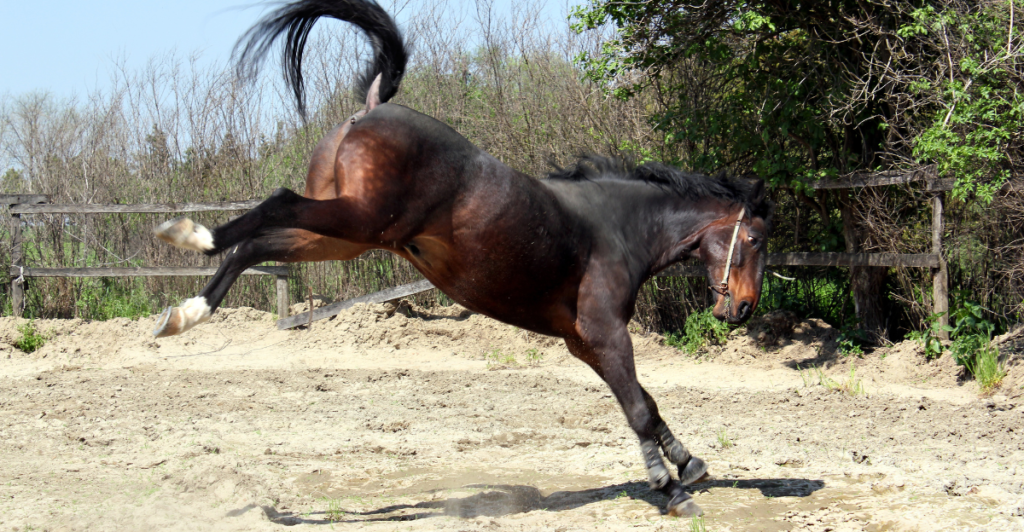
Self-mutilation behaviors, like kicking stalls or nipping at their body, are often seen as signs of stress or frustration in horses. But they can be caused by pain, boredom, or confinement and require careful management to prevent injury.
11. Refusal to Work
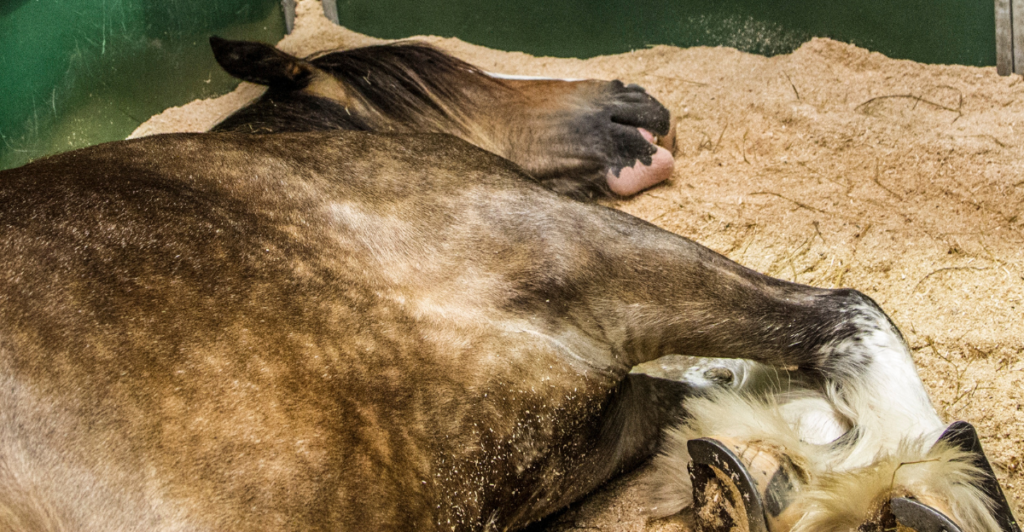
If a horse refuses to work, it is sometimes attributed to laziness or disobedience. However, it can be a sign of pain, fear, or discomfort, especially if the horse is experiencing musculoskeletal issues or gastrointestinal problems.
12. Spooking
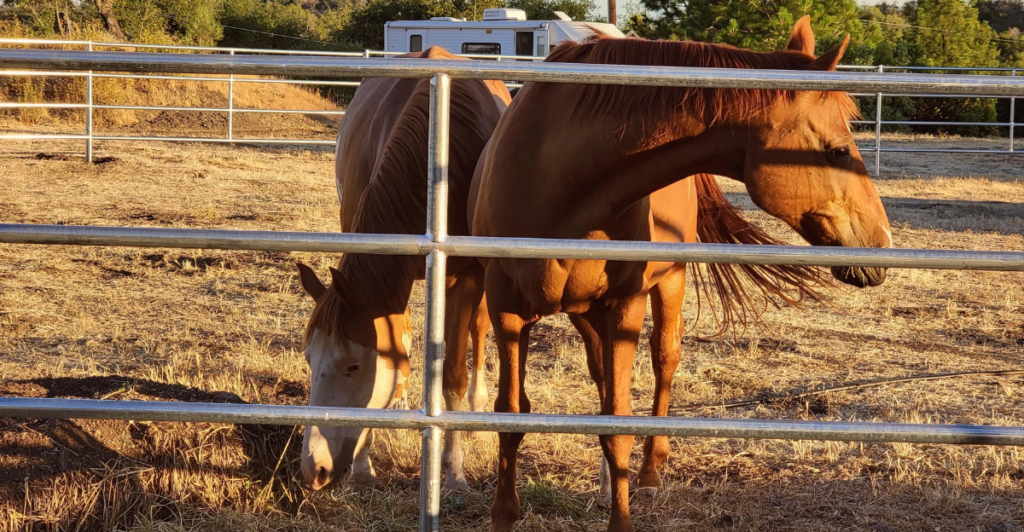
Spooking is a sudden, often exaggerated reaction to a perceived threat, which causes bolting, spinning, or freezing. This is often seen as a sign of nervousness or skittishness. However, it can also be a response to fear or unexpected stimuli. Proper training and desensitization can help manage this behavior.
Explore more of our trending stories and hit Follow to keep them coming to your feed!

Don’t miss out on more stories like this! Hit the Follow button at the top of this article to stay updated with the latest news. Share your thoughts in the comments—we’d love to hear from you!







